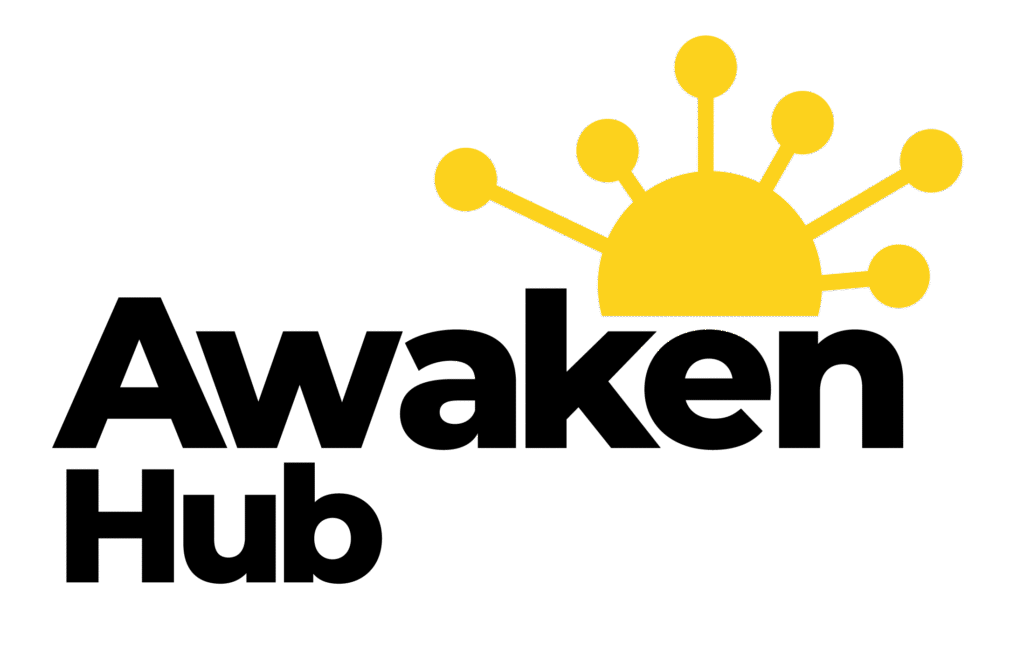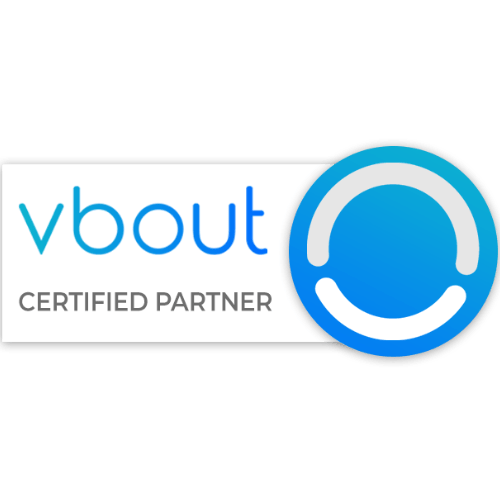Maximising SEO for Online Visibility
Search Engine Optimisation (SEO) is a fundamental aspect of digital marketing that you must grasp if you wish to enhance…
Search Engine Optimisation (SEO) is a fundamental aspect of digital marketing that you must grasp if you wish to enhance your online presence. At its core, SEO involves a series of strategies and techniques aimed at improving your website’s visibility on search engines like Google. When users search for information, products, or services, they typically click on the links that appear on the first page of results.
Therefore, your goal is to ensure that your website ranks highly for relevant keywords, making it more likely that potential customers will find you. To achieve this, you need to understand how search engines operate. They use complex algorithms to determine which pages are most relevant to a user’s query.
These algorithms consider various factors, including the quality of content, the structure of the website, and the number of backlinks pointing to it. By optimising these elements, you can improve your chances of ranking higher in search results. It’s essential to stay updated with the latest trends and changes in SEO practices, as search engines frequently update their algorithms to provide users with the best possible experience.
Summary
- SEO is the process of improving a website’s visibility on search engines
- Keyword research helps identify relevant terms and phrases for targeting
- Optimising website content and structure involves using keywords strategically and improving site navigation
- Building quality backlinks from reputable sources can improve a site’s authority and ranking
- Local SEO strategies help businesses target local customers and improve visibility in specific geographic areas
Conducting Keyword Research and Analysis
Keyword research is a critical step in your SEO journey. It involves identifying the terms and phrases that potential customers are using to search for products or services similar to yours.
Start by brainstorming a list of relevant topics related to your business, then use keyword research tools to discover specific phrases that have high search volumes and low competition. Once you have compiled a list of potential keywords, it’s important to analyse their relevance and intent. Not all keywords are created equal; some may attract a lot of traffic but may not convert into sales.
Focus on long-tail keywords—these are longer, more specific phrases that often indicate a user’s intent to purchase or engage with a service. By targeting these keywords, you can attract a more qualified audience who are more likely to convert into customers.
Optimising Website Content and Structure

With your keywords in hand, the next step is to optimise your website content and structure. This involves ensuring that your website is user-friendly and that your content is easily accessible to both users and search engines. Start by creating a clear site structure with well-defined categories and subcategories.
This not only helps users navigate your site but also allows search engines to crawl it more effectively. When it comes to content optimisation, incorporate your target keywords naturally within your text. This includes using them in headings, subheadings, and throughout the body of your content.
However, be cautious not to overstuff your content with keywords, as this can lead to penalties from search engines. Instead, focus on creating high-quality content that provides value to your readers while seamlessly integrating relevant keywords. Additionally, ensure that your website is mobile-friendly and loads quickly, as these factors significantly impact user experience and SEO rankings.
Building Quality Backlinks
| Backlink Source | Domain Authority | Page Authority | Relevance |
|---|---|---|---|
| Example.com | 65 | 55 | High |
| Sample.co.uk | 72 | 60 | Medium |
| Test.org | 58 | 50 | Low |
Backlinks are an essential component of SEO that can greatly influence your website’s authority and ranking. A backlink is created when another website links to yours, signalling to search engines that your content is valuable and trustworthy. To build quality backlinks, you should focus on creating relationships with other reputable websites in your industry.
This can be achieved through guest blogging, collaborations, or simply reaching out for partnerships.
Infographics, comprehensive guides, and original research tend to garner attention and encourage other websites to link back to you.
Remember that quality trumps quantity; a few backlinks from authoritative sites will have a more significant impact than numerous links from low-quality sources. Regularly monitor your backlink profile using tools like Google Search Console or Ahrefs to ensure that you maintain a healthy link profile.
Utilising Local SEO Strategies
If you operate a local business, local SEO strategies are crucial for attracting customers in your area. Start by claiming and optimising your Google My Business listing. This free tool allows you to manage how your business appears on Google Maps and in local search results.
Ensure that all information is accurate and up-to-date, including your address, phone number, and business hours. In addition to optimising your Google My Business listing, consider incorporating local keywords into your website content. For instance, if you run a bakery in London, use phrases like “best bakery in London” or “fresh pastries in London” throughout your site.
Encourage satisfied customers to leave positive reviews on Google and other review platforms; these reviews not only enhance your credibility but also improve your local search rankings. Engaging with local community events or sponsoring local initiatives can also help boost your visibility within the community.
Creating High-Quality and Engaging Content

Content is king in the world of SEO, and creating high-quality, engaging content should be at the forefront of your strategy. Your content should not only be informative but also resonate with your audience’s interests and needs. Consider using various formats such as blog posts, videos, podcasts, and infographics to cater to different preferences.
Engaging content encourages users to spend more time on your site, which can positively impact your SEO rankings. Additionally, regularly updating your content is vital for maintaining its relevance. Search engines favour fresh content, so consider revisiting older posts and updating them with new information or insights.
Incorporate visuals such as images and videos to break up text and make your content more appealing. Remember that storytelling can be a powerful tool; weaving narratives into your content can captivate readers and encourage them to share it with others.
Utilising Social Media for SEO
While social media may not directly influence SEO rankings, it plays a significant role in driving traffic to your website and increasing brand awareness. By sharing your content across various social media platforms, you can reach a broader audience and encourage engagement with your brand. Create shareable posts that highlight key points from your articles or promote special offers; this can lead to increased visibility and potential backlinks.
Engaging with your audience on social media is equally important. Responding to comments and messages fosters a sense of community around your brand and encourages users to share their experiences with others. Additionally, consider collaborating with influencers or industry leaders who can help amplify your message and drive traffic back to your site.
The more visibility you gain on social media, the more likely it is that users will discover and engage with your website.
Monitoring and Analysing SEO Performance
Finally, monitoring and analysing your SEO performance is crucial for understanding what works and what doesn’t in your strategy. Use tools like Google Analytics and Google Search Console to track key metrics such as organic traffic, bounce rates, and conversion rates. These insights will help you identify areas for improvement and adjust your strategy accordingly.
Regularly reviewing your keyword rankings will also provide valuable information about how well you are performing in search results. If certain keywords are underperforming, consider revisiting your content or optimising it further for those terms. Additionally, keep an eye on competitor performance; understanding their strategies can provide inspiration for enhancing your own approach.
By continuously monitoring and refining your SEO efforts, you can ensure sustained growth and success in the ever-evolving digital landscape. In conclusion, mastering SEO requires a multifaceted approach that encompasses various strategies from keyword research to content creation and performance analysis. By understanding the basics of SEO and implementing these techniques effectively, you can significantly enhance your online visibility and drive more traffic to your website.
Remember that SEO is an ongoing process; staying informed about industry trends and adapting your strategies accordingly will ultimately lead to long-term success in the digital realm.
If you are looking to improve your website’s visibility and attract more customers, investing in affordable local link building services in Dublin could be the key to success. According to a recent article on The Digital Projects, building quality links from local websites can significantly boost your website’s search engine rankings and drive more organic traffic. Combined with effective small business SEO strategies, such as keyword optimization and content creation, local link building can help your business stand out in a competitive online market. Additionally, using automated marketing tools can streamline your SEO efforts and save you time and resources, as discussed in another informative article on The Digital Projects.
FAQs
What is Search Engine Optimization (SEO)?
Search Engine Optimization (SEO) is the process of improving a website’s visibility on search engines like Google, Bing, and Yahoo. This is done through various techniques and strategies to increase the website’s organic (non-paid) traffic.
Why is SEO important for a website?
SEO is important for a website because it helps to increase its visibility and ranking on search engine results pages (SERPs). This can lead to more organic traffic, higher conversion rates, and ultimately, better business outcomes.
What are the key components of SEO?
The key components of SEO include keyword research, on-page optimization, off-page optimization, technical SEO, and local SEO. These components work together to improve a website’s visibility and ranking on search engines.
What are the benefits of SEO for a business?
The benefits of SEO for a business include increased website traffic, improved brand visibility, higher conversion rates, better user experience, and a competitive edge in the online market.
How long does it take to see results from SEO?
The time it takes to see results from SEO can vary depending on various factors such as the competitiveness of the industry, the quality of the website, and the effectiveness of the SEO strategies. Generally, it can take several months to see significant results from SEO efforts.
What are some common SEO techniques?
Common SEO techniques include keyword optimization, content creation, link building, website speed optimization, mobile-friendliness, and local SEO strategies. These techniques are used to improve a website’s visibility and ranking on search engines.










